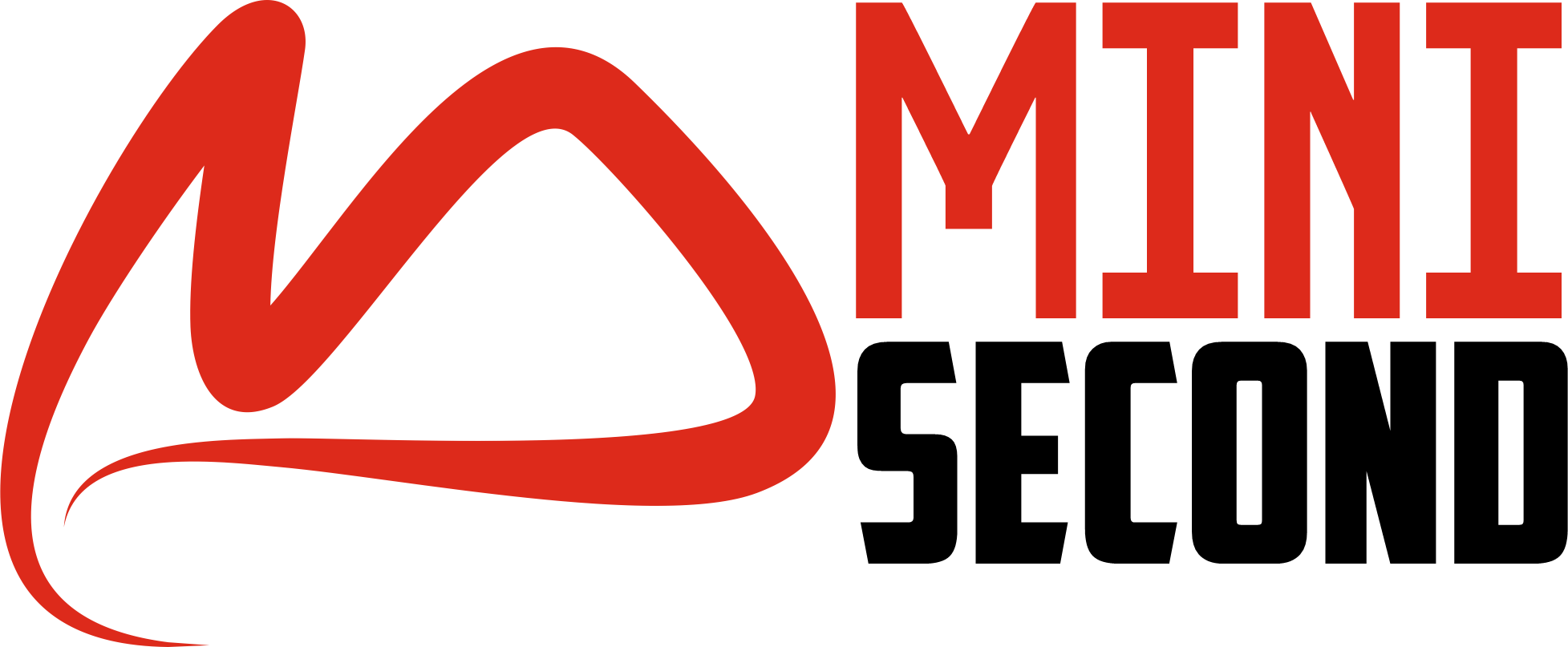Exploring Different Materials for Laser Cutting
Laser cutting is a versatile technology that can work with a wide range of materials, from metals and plastics to wood and fabrics. To achieve the best results, understanding material compatibility is crucial. This blog post will explore the different materials suitable for a laser cutting machine and their unique characteristics.
Overview of Laser Cutting Technology
Laser cutting uses a focused laser beam to cut through materials with precision and efficiency. The laser beam melts or vaporizes the material, creating clean cuts without the need for additional tools. Selecting the right material is crucial for achieving optimal results, as different materials have varying properties that affect the cutting process.
Common Materials Used in Laser Cutting
Are you curious to know more about the materials used in laser cutting? Then, let us explore the most common materials used in laser cutting, discussing their properties, benefits, and applications:
Wood
Laser-cutting wood offers a wide range of possibilities, with plywood and MDF being popular choices. These materials provide aesthetic appeal and allow for intricate designs. Consider the grain direction and thickness when selecting wood, as these factors can affect the cutting process and the final appearance of the piece.
Acrylic
Acrylic is a popular choice for laser cutting due to its clarity, durability, and versatility. It offers a wide range of colors and can be used for various applications. Signage, displays, and artistic projects are common uses for laser-cut acrylic. Its smooth edges and clean cuts create a professional and polished look.
Metals
Acrylic is a popular choice for laser cutting due to its clarity, durability, and versatility. It offers a wide range of colors and can be used for various applications. Signage, displays, and artistic projects are common uses for laser-cut acrylic. Its smooth edges and clean cuts create a professional and polished look.
Fabric
Laser cutting is versatile for fabrics like cotton, polyester, and felt. It offers precise cuts and intricate designs for fashion design, quilting, and crafts. Consider material thickness and heat resistance when choosing fabrics. Laser cutting’s precision allows for complex patterns and custom designs, making it a valuable tool for creative projects.
Paper and Cardboard
Laser cutting is ideal for creating detailed designs on paper and cardboard. It offers precision and versatility for applications like packaging, invitations, and crafts. You can create intricate shapes, patterns, and embellishments, adding a unique touch to your projects. The clean cuts and minimal waste make laser cutting an efficient choice for these materials.
Leather
Laser-cutting leather offers precision and versatility for creating intricate patterns and designs. Various leather types can be cut, including suede, leatherhide, and bonded leather. Applications include fashion accessories, custom designs, and home decor. Laser cutting’s clean cuts and ability to handle delicate materials make it ideal for creating unique and high-quality leather products.
Less Common Materials for Laser Cutting
You also need to be aware of the materials that cannot be used in laser-cutting machines. They are as follows:
Glass
Laser-cutting glass offers precision for creating intricate designs and etching patterns. The focused laser beam can cut through glass with minimal chipping or cracking. Special techniques and considerations include using a high-power laser and ensuring proper cooling to prevent thermal shock. This method is suitable for applications like art, glasswork, and decorative items.
Foam
Laser-cutting foam materials like EVA and polyurethane offer precision and versatility. It’s ideal for prototyping, packaging, and model-making. Laser cutting allows for intricate shapes and custom designs, making it a valuable tool for creating functional and aesthetically pleasing foam products.
Ceramics
Laser-cutting ceramics requires careful consideration due to their hardness and brittle nature. However, with the right laser settings and techniques, it’s possible to create intricate designs and decorative pieces. The laser beam can cut through ceramics, creating clean edges and precise shapes. However, it’s important to avoid excessive heat to prevent cracking or shattering.
Factors to Consider When Choosing Materials
Material Thickness
Material thickness influences laser-cutting power requirements. Thicker materials require higher power settings to cut through effectively. Using the wrong power setting can lead to incomplete cuts or damage to the material. It’s essential to adjust power settings based on material thickness for optimal results.
Material Density
Material density affects cutting speed and quality. Denser materials require more power and time to cut. Lower-density materials can be cut faster and with less energy consumption, resulting in improved efficiency and reduced operating costs.
Finish and Aesthetics
Materials affect laser cutting finishes and aesthetics. Metals, for example, can achieve polished or brushed finishes, while wood can be left natural or stained. Understanding these differences allows you to choose materials that complement your desired design and aesthetic.
Cost and Availability
Consider factors like sourcing, pricing, and sustainability when choosing materials. Evaluate the overall cost-benefit ratio to ensure a profitable and environmentally responsible approach.
If you need any type of help with laser-cutting machines, then you are more than welcome to approach Max Laser, and their team will guide you further.
Conclusion
Material compatibility is crucial for laser cutting success. So, keep experimenting with different materials to achieve desired results. Consider material properties like thickness, density, and aesthetics. Evaluate cost, availability, and sustainability. And lastly, choose materials that align with your design goals and project requirements.

